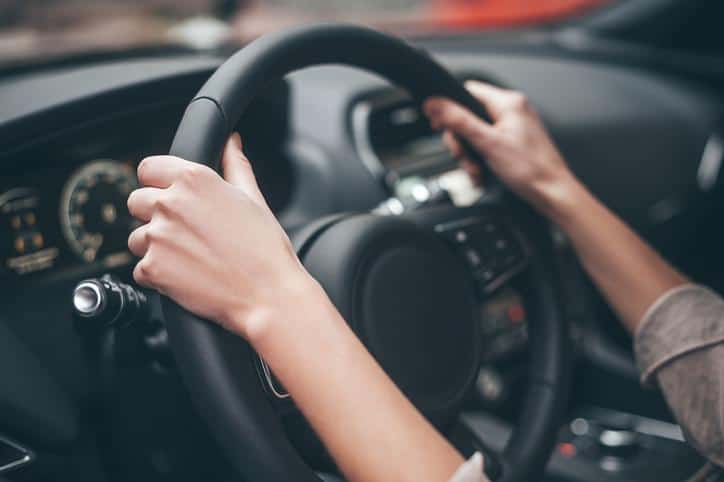

(844) - 444-4444

Fatigue is real and it affects all of us. It is part of being human. We need rest. We need sleep. We need to recover from the daily grind of life. While fatigue and tiredness are unavoidable and sometimes beyond our control, what we choose to do while fatigued or tired is within our control.
Drowsy driving is dangerous driving. Recent statistics from the National Highway Traffic Safety Administration to support this observation. In 2021, 684 deaths were caused from drowsy-driving-related crashes, according to an overview of motor vehicle crashes that year.
Drowsy-driving related crashes often occur between midnight and 6 a.m. or in the late afternoon when people often experience “dips in the circadian rhythm” – the body’s internal clock which dictates our sleep cycle, and thus alertness. These types of crashes usually involve just one driver, and the crash usually occurs when the vehicle leaves the roadway at a high rate of speed with no brake application. This makes sense as solitude—with its lack of human interaction—may reduce the level of alertness and create a sense of calm that may facilitate the unintended loss of consciousness. Along the same lines, these types of crashes usually occur on rural roads and highways, where there are little stimuli such as other traffic or roadside signage.
Someone seriously injured in a New York motor vehicle crash may be entitled to compensation for pain and suffering. This will generally require a finding that another person was liable, or responsible, for the crash. It is not enough to show that the crash happened; it must also be shown that it happened because of the fault of another.
As we have covered in these pages, some people try to avoid responsibility for causing a New York motor vehicle crash by arguing that the crash was excusable.
In other words, the person admits that the crash happened but argues that they should not be held responsible. In legal jargon, this is known as an “affirmative defense.” One affirmative defense is a sudden medical emergency. This is a subspecies of the emergency doctrine, which requires courts to analyze a person’s conduct differently when they are faced with a sudden, unanticipated emergency that was not of the person’s own making.
If someone loses consciousness on New York roads due to fatigue or sleepiness, that will probably not qualify as a sudden medical emergency. It can be foreseen that someone who is tired or sleepy will doze off or fall asleep. If someone decides to take the wheel while sleepy or tired, or becomes sleepy or tired while driving, it is foreseeable that the person could doze off or fall asleep while behind the wheel, endangering others. Any emergency was created by the person when they took the wheel, and that person will likely be liable should a crash ensue.
If you were injured when another motorist lost consciousness while behind the wheel, please do not hesitate to give the attorneys at William Mattar, P.C. a call. They have the knowledge and experience to investigate the circumstances of a New York crash, identify all potentially liable parties, and help the injured person receive maximum compensation for pain and suffering.





